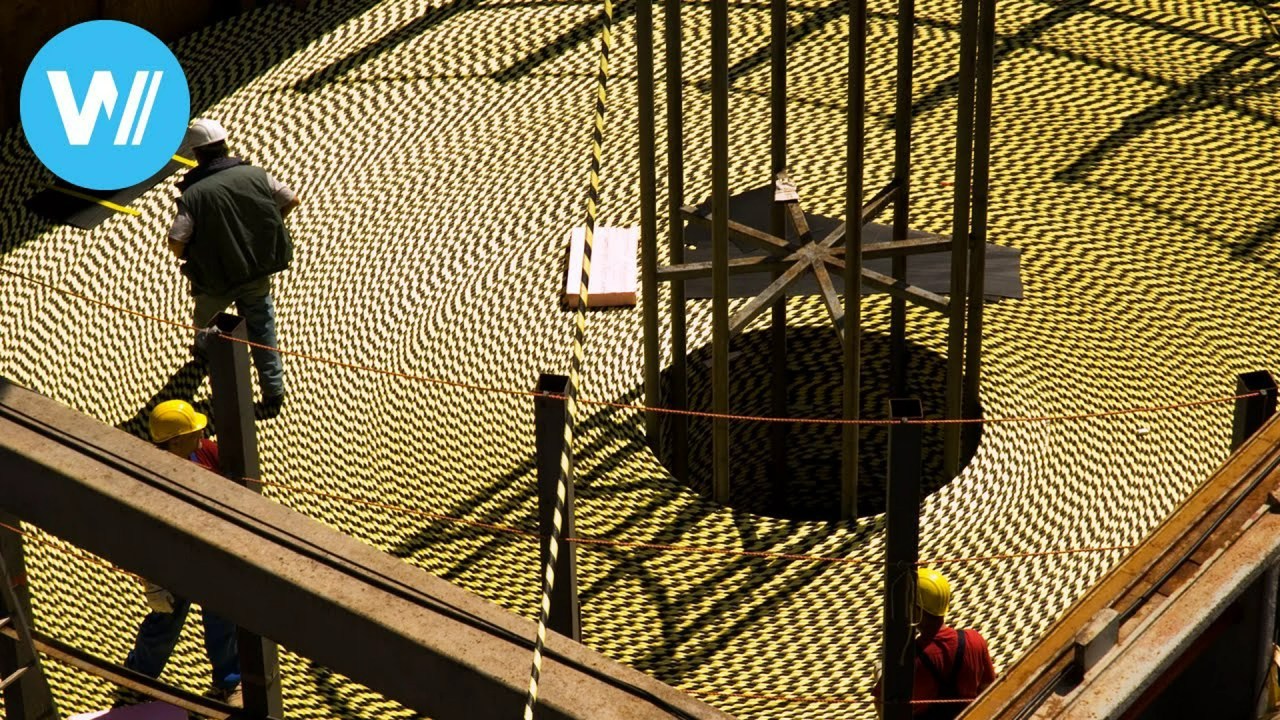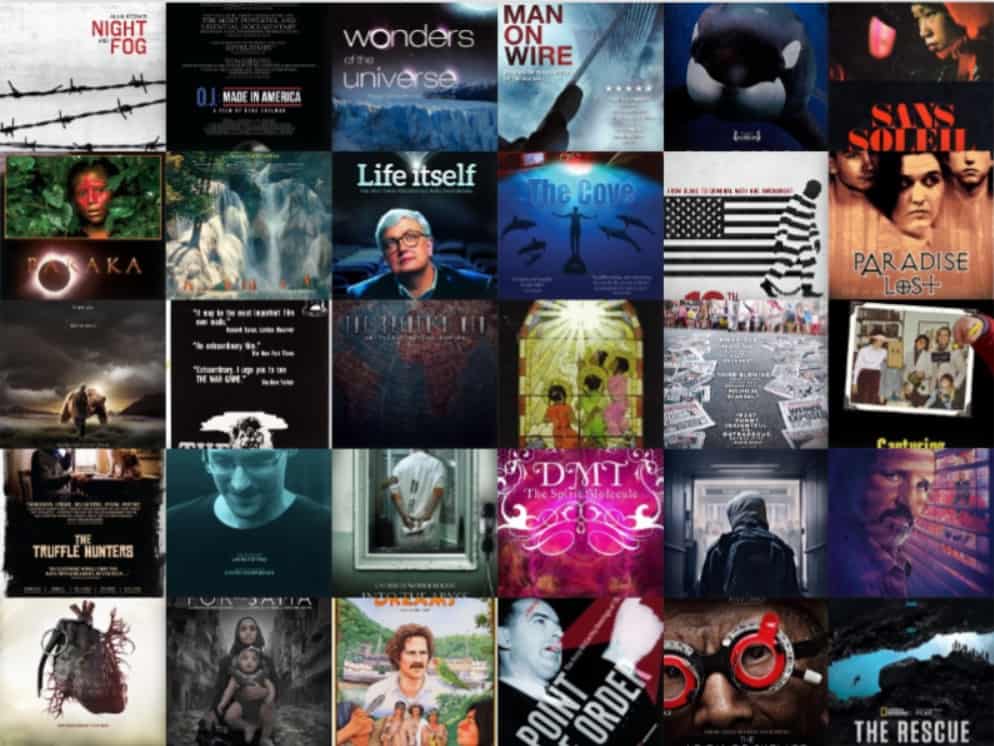Here is a fun fact for you. Currently, 98% of international internet traffic flows through undersea cables, according to Google data.
A vast underwater network of cables crisscrossing the ocean makes it possible to share, search, send and receive information around the world at the speed of light. These cables are made of optical fiber.
You probably didn’t know that the world economy and every Internet user hangs on the overseas cables. What actually happens when you enter an Internet address?
This film shows how the message reaches the recipient. What happens, if one of the cables in the ocean breaks and how to fix it? How the data cables are produced and laid? What the scientists must think of to get even more data at the same time through these and what role the ominous sea mouse plays in it?
How overseas cable technology has changed since the turn of the century and what visions the scientists have for the future?
20.000 cables under the sea – Documentary about the huge fibre optic cables that connect us

Read On – Our Latest Top Documentaries Lists

Riyan H.

